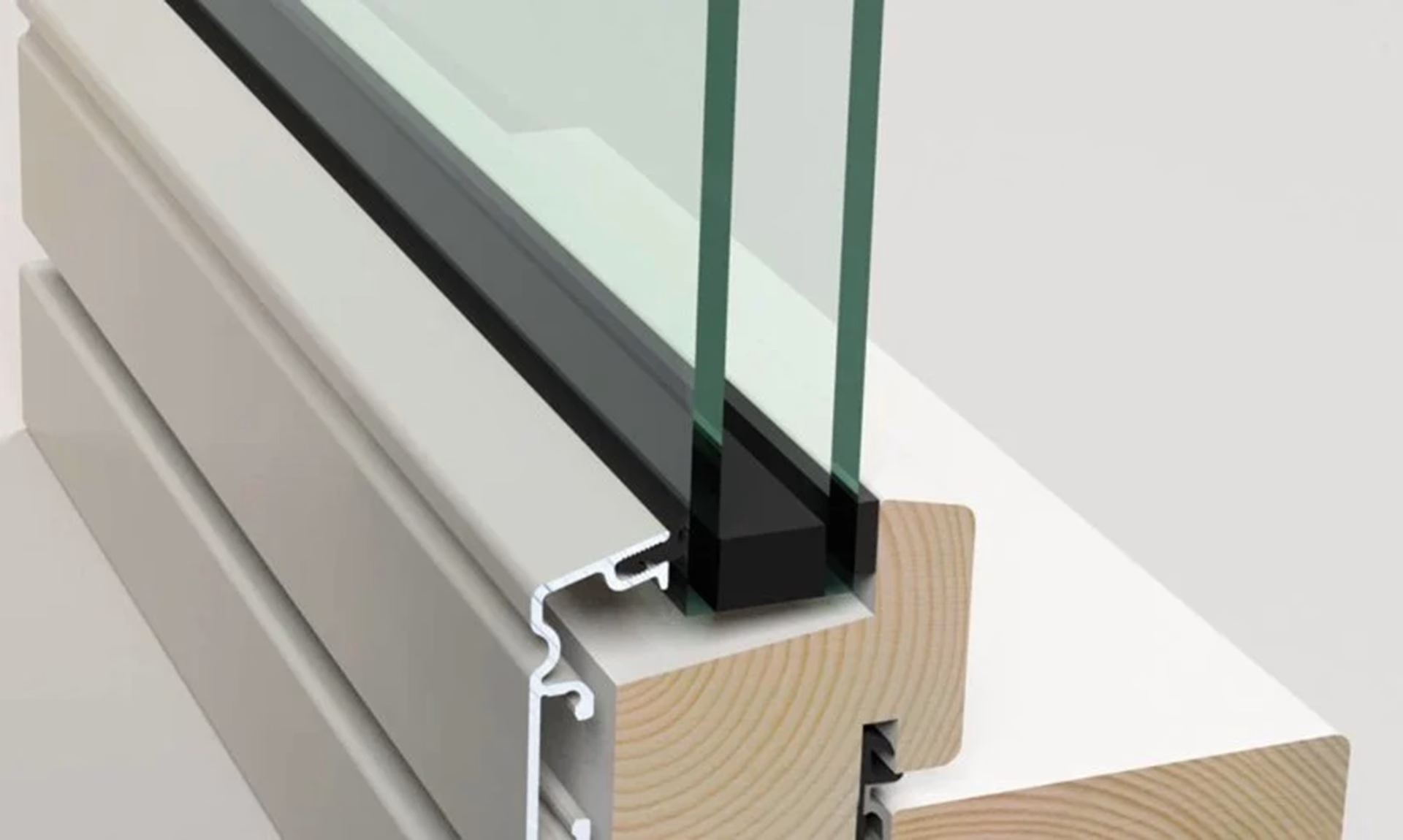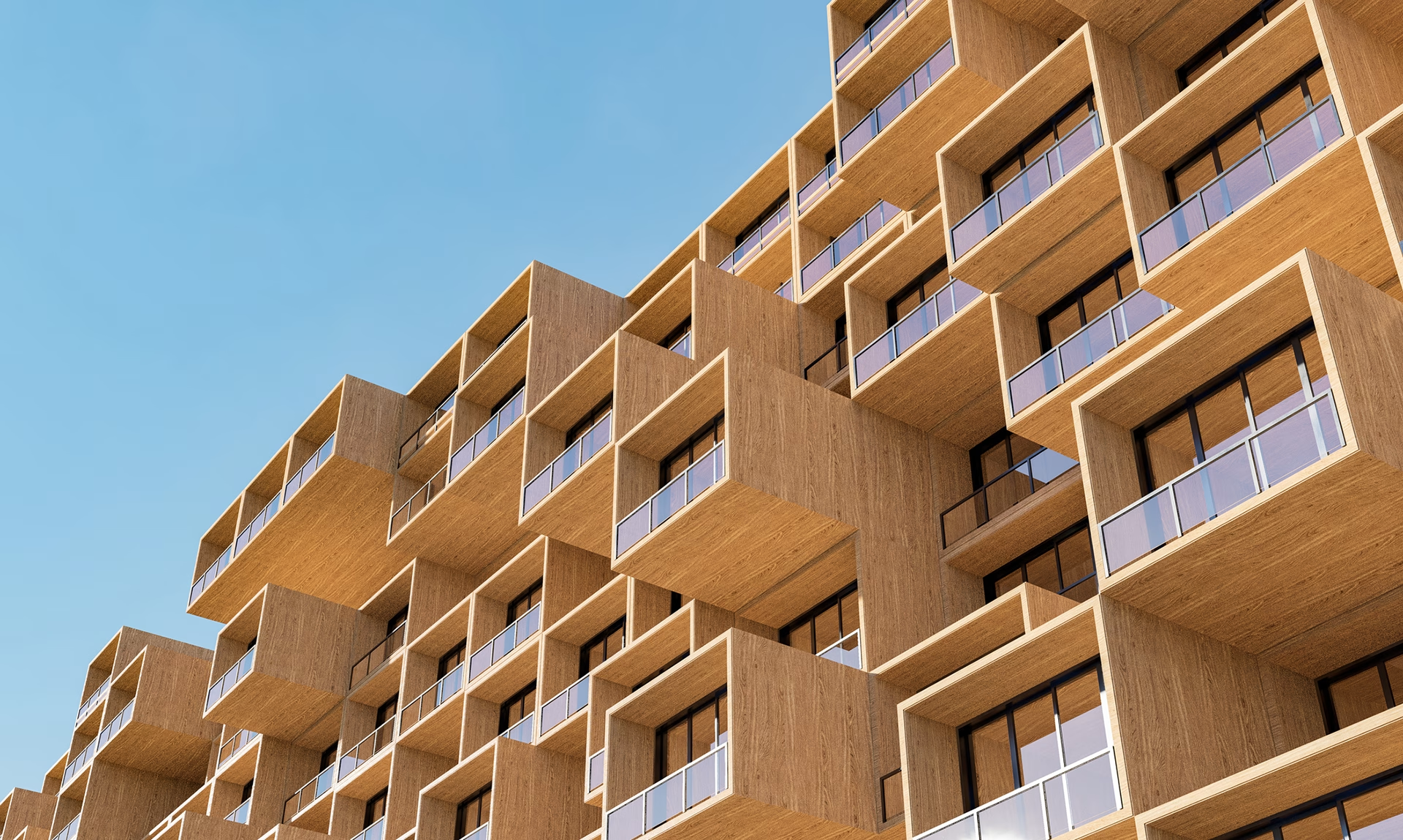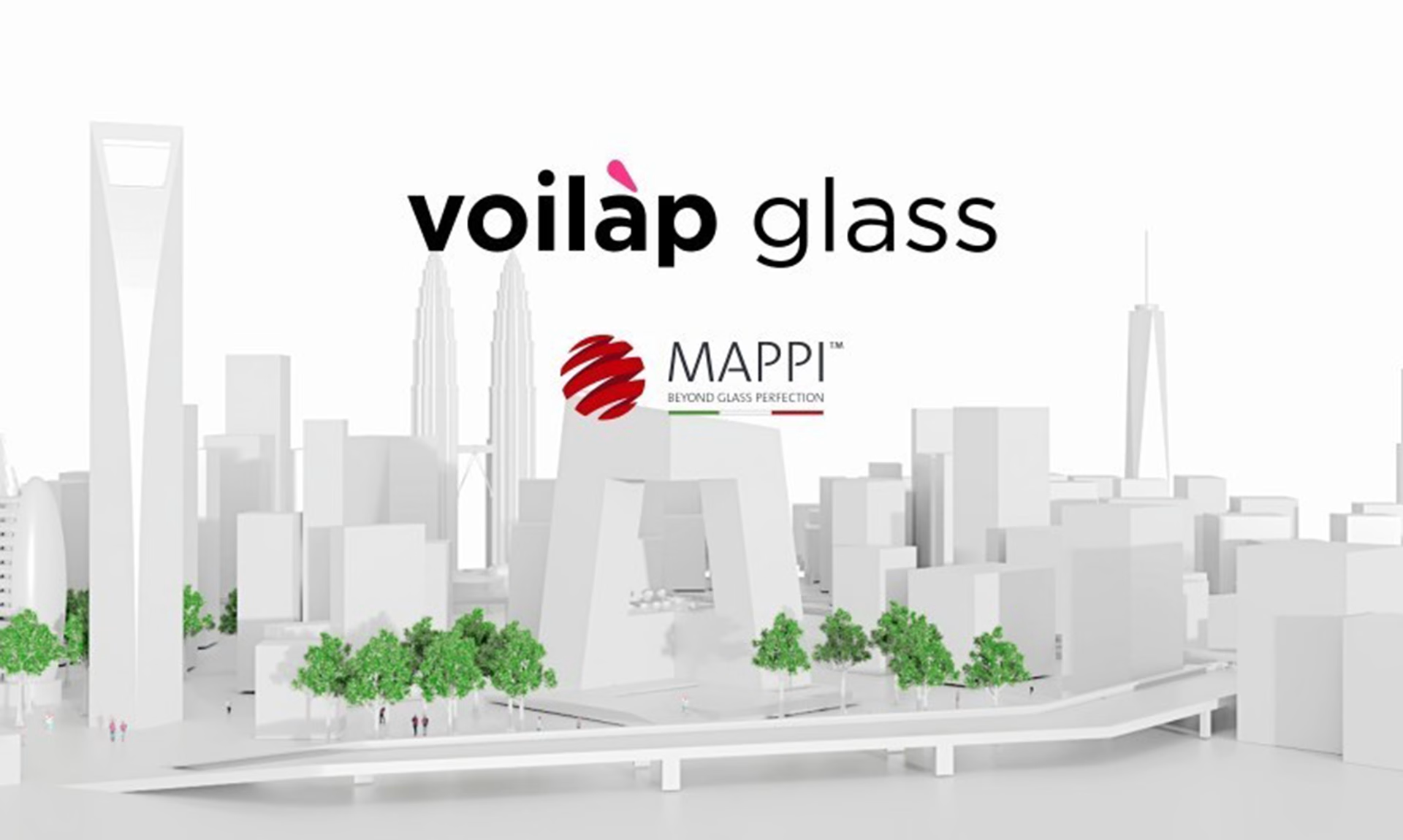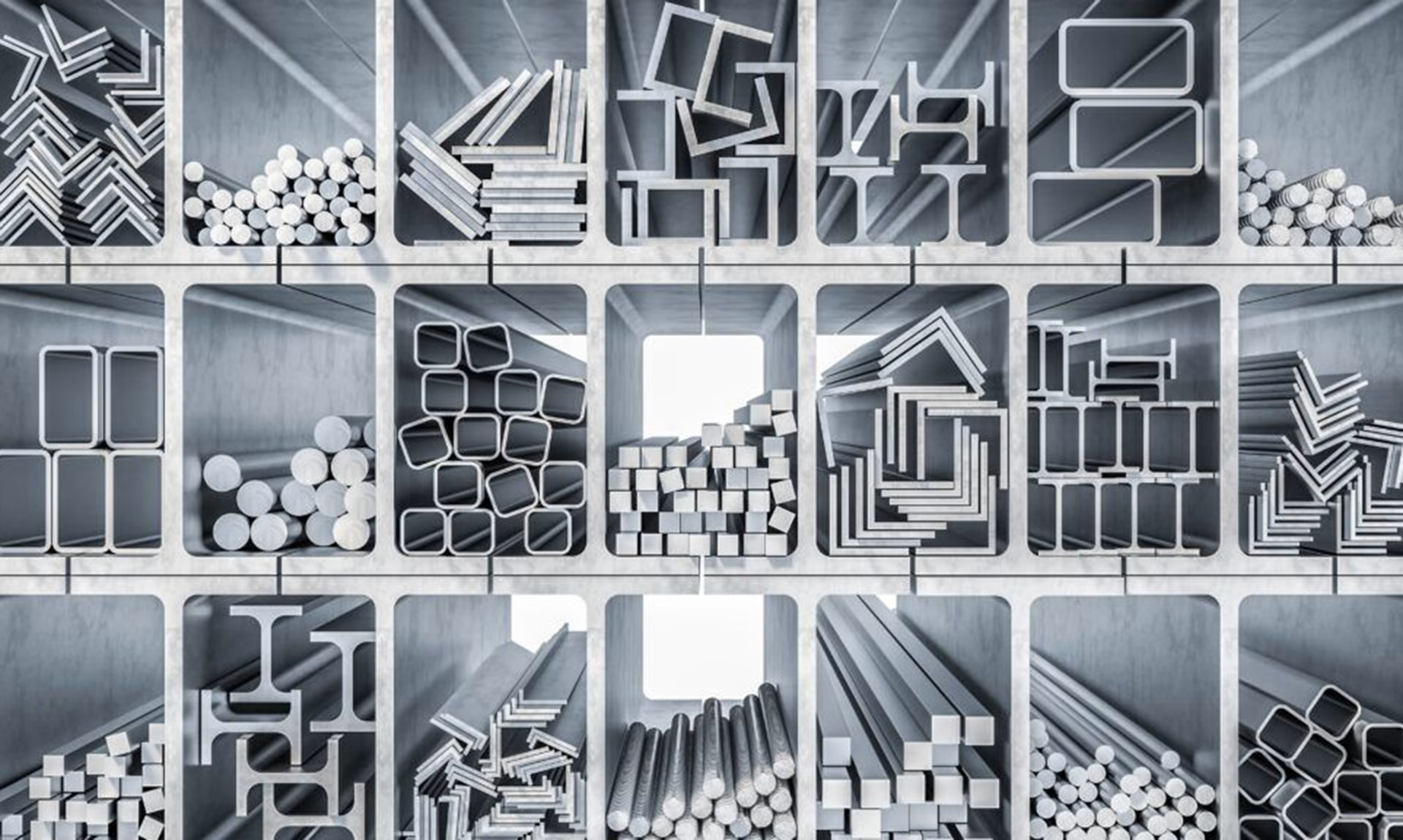Aluminium, Glass and Timber: The Materials Shaping Tomorrow’s Cities
As the world races to build resilient, low-carbon cities, three materials stand at the forefront of the transformation: aluminium, glass and timber. Each carries a distinct legacy, each offers unique benefits, and together they are reshaping the urban landscape of the 21st century.
Aluminium: the backbone of modern façades.
Lightweight, durable and infinitely recyclable, aluminium has become the structural and aesthetic backbone of modern architecture. From curtain walls to window systems, it provides both design freedom and technical performance.
The sustainability advantage is clear: recycled aluminium requires only 5% of the energy needed to produce primary metal. As demand for low-carbon construction intensifies, aluminium sourced from closed-loop recycling and hydro-powered smelters is rapidly becoming the new industry standard.
For architects, aluminium is no longer just a structural choice; it is a statement of sustainability. For fabricators, aligning with certified supply chains is critical to staying competitive.
Glass: transparency with performance.
Glass has always been the material of light, openness and modernity. But today’s glass is also a technology of performance. Advanced coatings, laminated layers and double- or triple-glazing deliver thermal insulation, solar control and acoustic comfort.
Architectural glass is increasingly dynamic: switchable glazing, photovoltaic integration and smart façades enable buildings to adapt in real time to their environment. The challenge is balancing transparency with energy efficiency – a balance now achieved through innovation.
Glass is no longer just about views; it is about climate control and energy balance, a vital component of sustainable cities.
Timber: tradition reborn as high-tech.
If aluminium and glass represent modernity, timber represents renewal. Once confined to traditional houses, timber has re-emerged as a high-tech structural material through cross-laminated timber (CLT) and glulam.
Timber’s unique role lies in its ability to sequester carbon. Every cubic metre of timber locks away nearly a tonne of CO₂, turning buildings into carbon stores rather than carbon emitters. From mid-rise housing to high-profile cultural projects, timber is proving its strength, versatility and warmth.
For urban planners, timber is more than an engineering solution – it is a symbol of living sustainably with nature.
The synergy of three materials.
Individually, each material tells a story. Together, they create the fabric of tomorrow’s cities. Aluminium frames glass, timber softens façades, and combined systems blend performance with beauty. This material dialogue enables cities that are lighter, cleaner and more human.
The most forward-looking projects no longer ask which material is best, but how can aluminium, glass and timber complement each other to achieve circular, resilient architecture?
The road ahead.
Sustainable urbanisation will depend on smart material choices. Aluminium for its recyclability, glass for its technological adaptability, timber for its carbon storage and natural warmth. These three are not just building materials; they are cultural markers of a new era in architecture.
Tomorrow’s cities will not be defined by concrete alone. They will be shaped by aluminium, glass and timber – the trio that balances innovation with responsibility.

Share This Story
news via inbox
Your source for the latest news in the fenestration industry.




